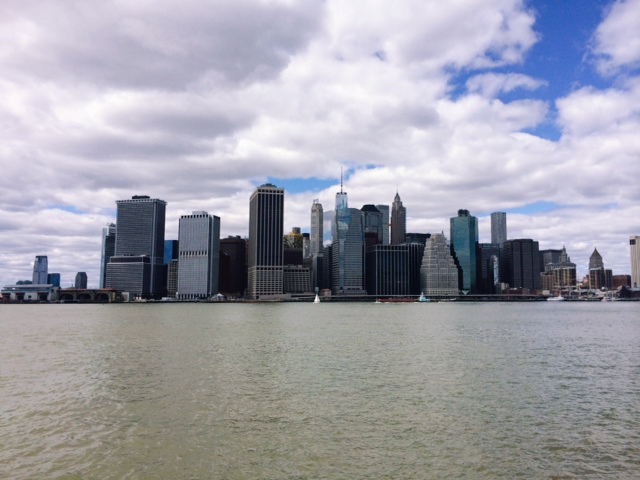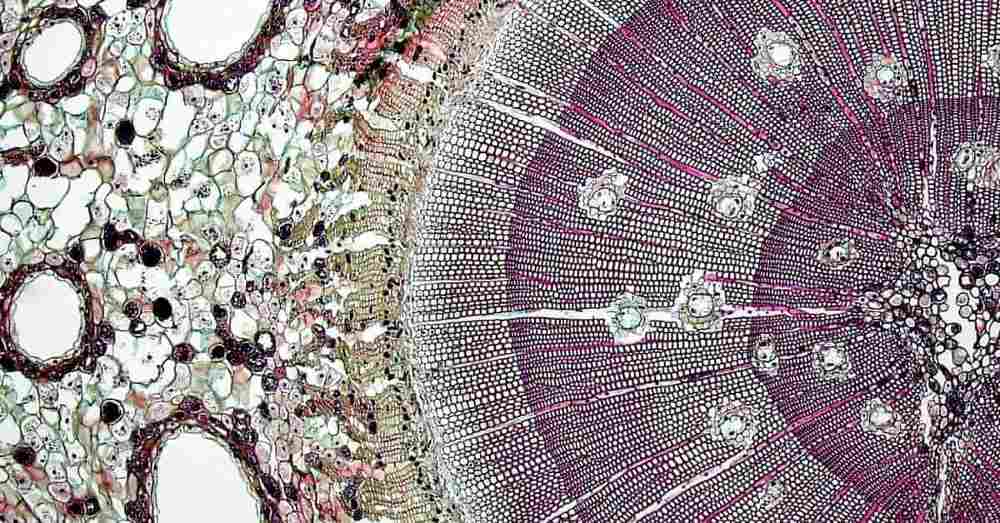
The featured image of this post is a picture of the downtown area of NYC—home of Wall Street.
It’s a beautiful sight with majestic buildings, but there is a story unfolding that is as ugly as the buildings are beautiful. In those spectacular buildings, and in others around the world, evil lurks.
Here are some facts:
- The highest percentage of ultra high net worth people (greater than $30 million) lives in NYC. Unfortunately, almost 50% of the people who live in NYC earn less than 1.5 of poverty income. That is a gaping juxtaposition of ultra wealthy and ultra poor. In fact, in the US, inequality is back to where it was before the Great Depression. The richest 1 percent captured 95 percent of all income gains since 2009, while the bottom 90 per cent got poorer
- America is not alone, however, in the universe of inequality. The net worth of India’s billionaire community has soared 12-fold in 15 years—enough to eliminate absolute poverty twice over in the country, where income inequality is also on the rise.
- Seven out of ten people in the world today live in countries where inequality has increased over the past three decades. Shockingly, the richest 85 people in the world own the same amount of wealth as the bottom half of the world’s population.
In Thomas Piketty’s new book, Capital, he exposes the wide inequality gaps in income and wealth that have emerged over the past 300 years.
Piketty suggests that previous economic analysis had neither the access to information nor the power of statistical tools that we have today.
We now have the knowledge and tools, but the question is: Will we act on these new insights, or will we let our assumptions and beliefs prevail independent of the evidence? If the pursuit of truth in economics is similar to those “pursuits” in religion and politics, we will be probably ignore the evidence and continue our march of folly.
Piketty poses the question, are wealth and income inequalities convergent or divergent trends, i.e. will the gap grow in the next century or will the gap diminish? His research, based on 2,000 years of historical data across the globe, indicates that the gap is more like to widen than narrow. If those predictions are accurate, the consequences are scary and depressing.
His analysis reveals that in the US, 5% claim over 30% of the income and almost 70% of the wealth in the country.
With decreasing growth rates across the world and increased capital in the hands of the wealthy, there is reason to believe that the disparity could become even more absurd. The gap has almost doubled in the last 30 years and there is no counter-balancing force that could reverse the trend.
Sadly, the game is rigged from the start.

If you start out rich, you have a much better chance of staying rich than someone who comes from poverty. In their 2005 paper “The Opportunity Cost of Admission Preferences at Elite Universities,” Princeton scholars Thomas Espenshade and Chang Chung found that legacy status gives fortunate applicants the equivalent of an additional 160 points on the former 1,600 point SAT scale. One hundred sixty points is no small adjustment; on the contrary, it’s the sort of improvement hopeful high school students bury their noses in books for. Yet it comes gratis to a set of students already privileged enough to be born to graduates of prestigious institutions. And, to add fuel to the fire, the privileged students are more likely to get the tutoring and resume building experiences than their less fortunate competitors for those treasured slots in the best universities.
Legacy preference seems to intensify in effect toward the upper end of university rankings, rendering entry into prestigious institutions with valuable resources and facilities especially daunting for poor students without alumni parents. Journalist Daniel Golden reports that nearly 90 percent of elite institutions calibrate their scales in favor of legacy status when weighing applicants against one another; as a result, numerous top-tier universities feature legacy acceptance rates far higher than overall acceptance rates. Legacy, in other words, is a sort of affirmative action for the wealthy.

And what is our response to this unfair playing field? We gut Affirmative Action for the poor and disenfranchised. Between 1996 and 1998 California and Texas eliminated the use of affirmative action in college and university admissions. At the states’ elite public universities admission rates of black and Hispanic students fell by 30-50% and minority representation in the entering freshman classes declined. The inequality problem is clearly trending in the wrong direction.
Through some combination of all those factors arises a path to power: Research by Thomas Dye of the Lincoln Center for Public Service shows that 54 percent of America’s corporate leaders as well as 42 percent of our government officials are all graduates of just 12 institutions—Yale, Harvard, Princeton and Stanford among them. In 2003, Harvard accepted 40 percent of legacy applicants compared to an overall 11 percent acceptance rate; Princeton’s numbers are quite similar.
As a result, there are 25 rich kids for every poor kid in the elite universities.
It appears there are powerful forces working against any efforts to even the playing field or reduce inequality. People in power want to stay in power and they will do whatever they can to hold onto their cherished position. The three strategies are:
- Consolidate power
- Eliminate diversity
- Impose “truth”
As long as the people with money and influence continue to pursue those strategies, there is not much hope for closing the gaps. In my mind, the only solution is the consciousness solution about which I write in another post. Inequality is caused by people with competitive and acquiring minds vs. compassionate and inquiring minds.
Also published on Medium.


